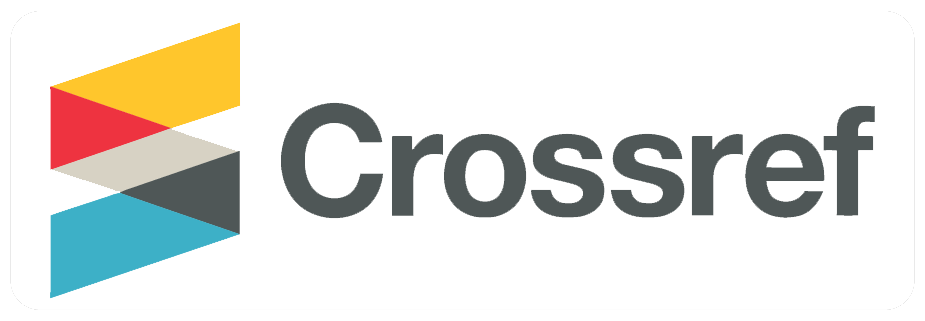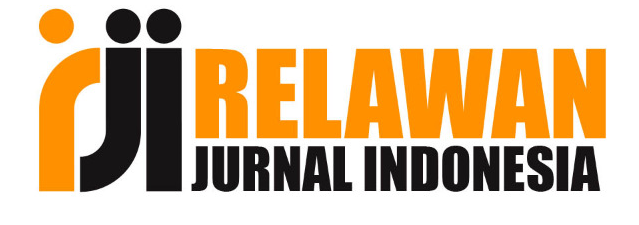Guidelines Penerapan Customer Relationship Management (CRM) Untuk Meningkatkan Keberhasilan Organisasi Dengan Metodologi Iris Dan Six Sigma
DOI:
https://doi.org/10.36982/jiig.v11i2.1215Abstract
The business environment requires organizations to have access to important and up-to-date information about their customers. Customers are one of the most important factors in today's business environment. Completeness, accuracy, up-to-date and customer information across all functions and parts of the organization is mandatory. Customer Relationship Management (CRM) can be an initiative to become a top priority in business, especially in terms of helping organizations identify and adapt to their customer needs, improve customer satisfaction, and retain existing customers.There are several well-known methodologies in implementing CRM, including methodology. Iris and the Six Sigma Methodology. There are several important points on which to base the comparison between the two methodologies including Critical Success Factor, Strength, Weakness and Organization. The Iris methodology emphasizes the integration of strategic aspects and CRM technology as one of the most attractive factors in the use of customer-oriented CRM but has many weaknesses such as limited consideration of Critical Success Factor (CSF), the user is not involved in the design of the CRM system, there is no indication or measures for user acceptance, and limited validation of methodologies for small and medium enterprises. The Six Sigma methodology has strong points in driving CRM implementation but there are many weaknesses such as limited consideration of CSF, limited validation of the methodology, the user is not involved in the design of the CRM system, and no indication or measurement of user acceptance of the methodology. The close link or integration between Iris and Six Sigma methodologies can be an effort to run a CRM system effectively and efficiently. This linkage will enable organizations to implement CRM from both a customer-oriented perspective that focuses on managing customer knowledge to anticipate future customer needs (TO-BE), establishes a clear pathway in CRM implementation that focuses on the successful adoption and implementation of CRM, prepares end users. order to be trained for the implementation of CRM, and determine the readiness of assessment of technology and organization in implementing CRM
Keywords : CRM, Iris, Six sigma
References
Awasthi, Preety, and Purnima S. Sangle. 2012. “Adoption of CRM Technology in Multichannel Environment: A Review (2006-2010).†Business Process Management Journal 18(3):445–71. doi: 10.1108/14637151211232641.
Chalmeta, Ricardo. 2006. “Methodology for Customer Relationship Management.†Journal of Systems and Software 79(7):1015–24. doi: 10.1016/j.jss.2005.10.018.
Maleki, Morteza, and D. Anand. 2008. “The Critical Success Factors in Customer Relationship Management (CRM) (ERP) Implementation.†4(2).
Meyer, Matthias. 2005. “Multidisciplinarity of CRM Integration and Its Implications.†00(C):1–9.
Pan, Zhedan, Hyuncheol Park, Jongmoon Baik, and Hojin Choi. 2007. “A Six Sigma Framework for Software Process Improvements and Its Implementation.†14th Asia-Pacific Software Engineering Conference (APSEC’07) 446–53. doi: 10.1109/ASPEC.2007.43.
Rababah, Khalid. 2013. “Implementation Methodology Of Customer Relationship Management ( Crm ) Systems : Towards.†4(6):551–61.
Downloads
Published
How to Cite
Issue
Section
License

This work is licensed under a Creative Commons Attribution-ShareAlike 4.0 International License.











